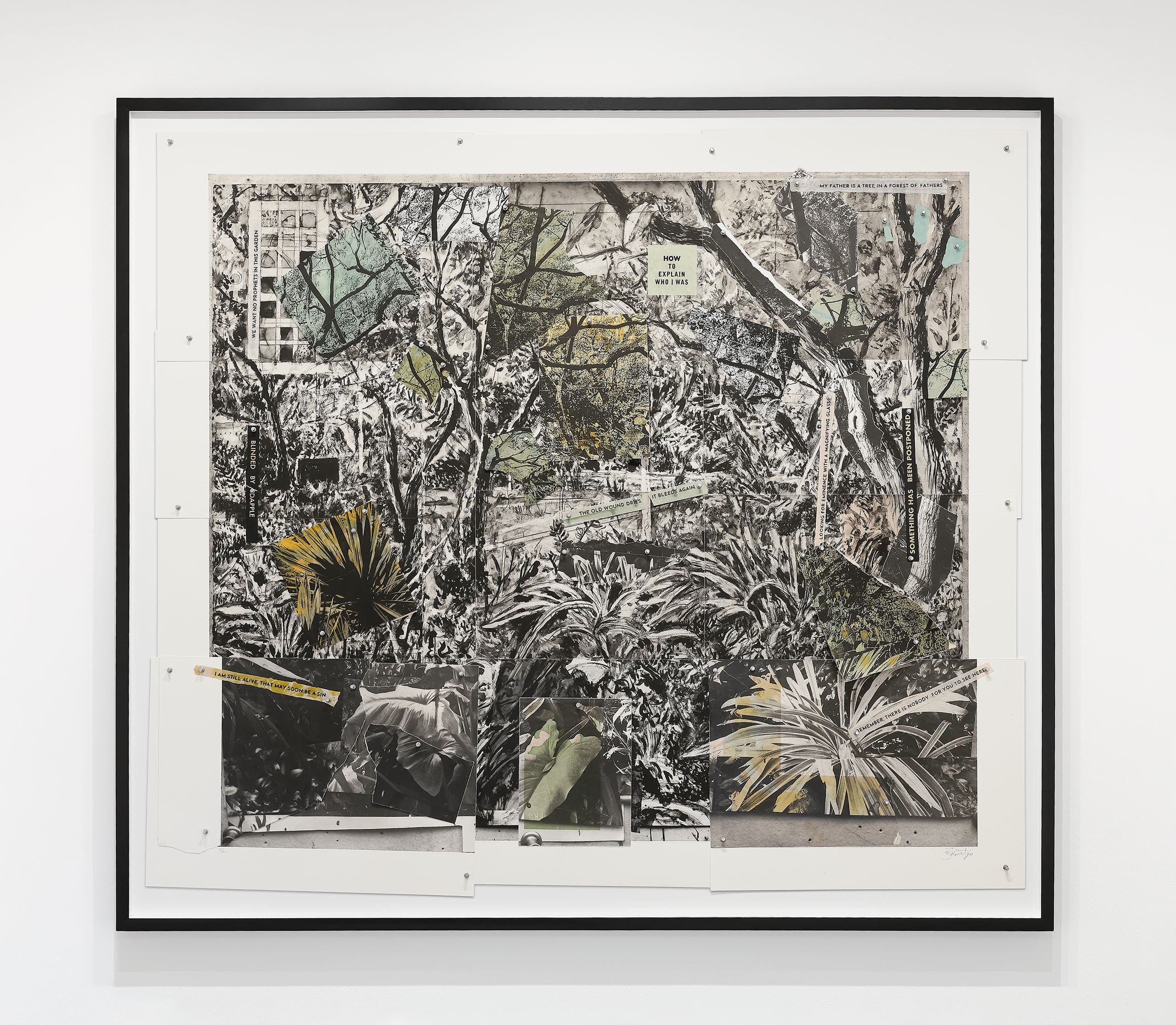Have questions or want to report an issue? Email radar@bostonartreview.com
Through Oct 18, 2025
One Wall, One Work: William Kentridge
Krakow Witkin Gallery
10 Newbury St 5th floor, Boston, MA 02116

For artist William Kentridge, mishearing is a key creative and philosophical principle, representing the way the human mind constructs meaning from uncertainty. In Kentridge’s practice, misunderstanding and mistranslation are not failures, but fruitful moments that generate new ideas and narratives. In an often-told story, Kentridge, as a child, misunderstood about his father's work as a defense attorney for Nelson Mandela in the South African Treason Trial (1956–1961). Kentridge misheard it as "trees and tiles" due to a mosaic-tiled table and the fir trees at his family home. This memory became a powerful metaphor for understanding the world through fragments and pieces, connecting the private experience of childhood to the public sphere of political events.
In Kentridge's distinctive tree and garden works, individual sheets of paper are assembled like tiles to form the overall images, often incorporating fragmented texts. The scenes represent not just the nature depicted, but also the complexities of knowledge and history, as well as concepts of growth, decay, and interconnectedness. The spaces depicted also serve as a canvas for fragmented texts, drawn from literature and poetry, further reinforcing the idea of a multi-faceted understanding of history, memory, and the world at large.
The work currently on view at Krakow Witkin Gallery, “How to Explain Who I Was,” is the latest of the artist's large-scale works to challenge notions of veracity, completeness, and comprehension. By employing numerous different methods of reproduction (photography, photogravure, photopolymer, and drypoint etching) onto 52 sheets of seven different types of paper collaged and pinned together, Kentridge has created a scenario where various types of distinct marks, imagery, size, image source, and paper are considered equally.